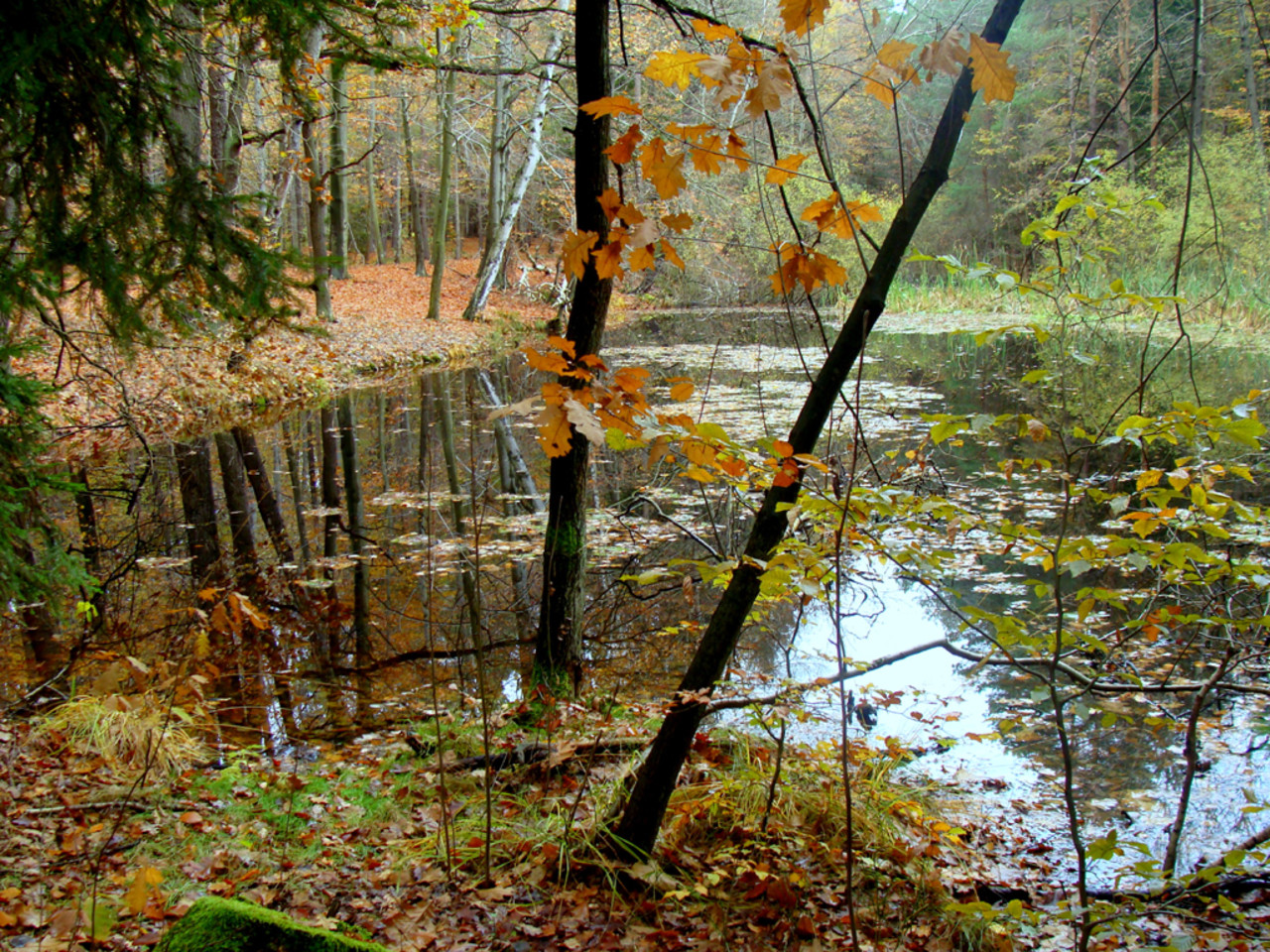Assessing the Structural Integrity of Fiber-Reinforced Panels
페이지 정보

본문
Engineered Wood panels have become modern architecture due to their sustainability, durability, and humidity-tolerant properties. However, like any other construction material, HDF panels are not immune to issues and complications related to their structural durability. In this manual, we will investigate the various aspects that affect the mechanical durability of HDF panels, evaluate methods to evaluate and assess them, رویه درب ملامینه and investigate techniques for maintaining and restoring defective panels.
The Mechanical Structure of Engineered Wood Panels
HDF panels are made from high-performance composite material, a composite material containing cellulose fibers pressed together with an binding agent. The compactness of Engineered Wood panels changes, but typically falls between 600-800 kg/m3. This high-strength structure contributes to their strength, however, it can also impact their humidity tolerance. When Fiber-Reinforced panels are exposed to moisture, the core may become waterlogged, leading to disintegration and potentially undermining their structural integrity.
Factors Impacting Mechanical Integrity
Several aspects influence the mechanical stability of Fiber-Reinforced panels, including:
- Density density
- Size and size
- Construction practices and securing techniques
- Atmospheric elements (humidity, cold, and moisture)
- Weight-carrying strength and handling methods
- Power equipment operation and working elements
Assessing Physical Stability
Testing the physical durability of HDF panels involves a combination of visual inspection assessments, destructive evaluations, and technical assessments. Some common methods used include:
- Non-destructive testing (NDT testing), such as hammer percussion testing
- Bending tests to evaluate the panel's bending strength and modulus of rupture
- Compression assessments to measure the panel's thickness and structural strength
- Microscopic electron microscope to investigate the panel's surface morphology
Preserving and Restoring Defective Fiber-Reinforced Panels
To preserve the mechanical durability of Fiber-Reinforced panels, periodic examinations and repair are essential. Property managers and structure administrators should check panels for evidence of problems, including cracks. Repair methods for defective Engineered Wood panels involve:
 - Removing the affected area
- Removing the affected area
- Applying repair adhesives, such as polyurethane
- Injecting foam into compromised areas for moisture blocking
- Redecorating and finishing surfaces to coordinate the original appearance
Restoration and Repair Procedures
Current advancements in materials and building innovation have enhanced the physical integrity of Engineered Wood panels. Cutting-edge renewal procedures and materials aim to alleviate moisture-related issues and prolong the operational life of these panels. Some examples include:
- Moisture-resistant additives and enhancers to augment panel humidity tolerance
- Chemical processes for enhancing panel resistance to mold
- Strengthened HDF panels featuring physical materials, composite components, or alternative innovative equipment
In conclusion, HDF panels are a resilient and practical building material, given they are properly maintained. Facility managers and facility administrators should inform themselves with the important aspects impacting physical stability and perform routine inspections to avoid and identify problems early. With a combination of practical techniques and innovative procedures, we can repair and preserve the reliability of Engineered Wood panels, ensuring the durability of architecture structures for years to come.
The Mechanical Structure of Engineered Wood Panels
HDF panels are made from high-performance composite material, a composite material containing cellulose fibers pressed together with an binding agent. The compactness of Engineered Wood panels changes, but typically falls between 600-800 kg/m3. This high-strength structure contributes to their strength, however, it can also impact their humidity tolerance. When Fiber-Reinforced panels are exposed to moisture, the core may become waterlogged, leading to disintegration and potentially undermining their structural integrity.
Factors Impacting Mechanical Integrity
Several aspects influence the mechanical stability of Fiber-Reinforced panels, including:
- Density density
- Size and size
- Construction practices and securing techniques
- Atmospheric elements (humidity, cold, and moisture)
- Weight-carrying strength and handling methods
- Power equipment operation and working elements
Assessing Physical Stability
Testing the physical durability of HDF panels involves a combination of visual inspection assessments, destructive evaluations, and technical assessments. Some common methods used include:
- Non-destructive testing (NDT testing), such as hammer percussion testing
- Bending tests to evaluate the panel's bending strength and modulus of rupture
- Compression assessments to measure the panel's thickness and structural strength
- Microscopic electron microscope to investigate the panel's surface morphology
Preserving and Restoring Defective Fiber-Reinforced Panels
To preserve the mechanical durability of Fiber-Reinforced panels, periodic examinations and repair are essential. Property managers and structure administrators should check panels for evidence of problems, including cracks. Repair methods for defective Engineered Wood panels involve:
 - Removing the affected area
- Removing the affected area- Applying repair adhesives, such as polyurethane
- Injecting foam into compromised areas for moisture blocking
- Redecorating and finishing surfaces to coordinate the original appearance
Restoration and Repair Procedures
Current advancements in materials and building innovation have enhanced the physical integrity of Engineered Wood panels. Cutting-edge renewal procedures and materials aim to alleviate moisture-related issues and prolong the operational life of these panels. Some examples include:
- Moisture-resistant additives and enhancers to augment panel humidity tolerance
- Chemical processes for enhancing panel resistance to mold
- Strengthened HDF panels featuring physical materials, composite components, or alternative innovative equipment
In conclusion, HDF panels are a resilient and practical building material, given they are properly maintained. Facility managers and facility administrators should inform themselves with the important aspects impacting physical stability and perform routine inspections to avoid and identify problems early. With a combination of practical techniques and innovative procedures, we can repair and preserve the reliability of Engineered Wood panels, ensuring the durability of architecture structures for years to come.
- 이전글바다의 신비: 해양의 미지와 아름다움 25.03.17
- 다음글Sugar Free CBD Gummies 25.03.17
댓글목록
등록된 댓글이 없습니다.